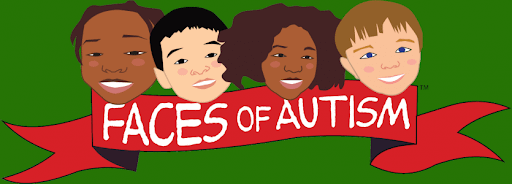
Introduction
“A flower does not think of competing with the flower next to it. It just blooms.”
The individuals on autistic spectrum are different but they are not less. And autism is not a single story. It is not a uniform diagnosis. It is a spectrum– the mosaic of varied behaviors and prevails.
We are not talking about the features or the characteristics– we are talking about the people. Quite often autism is seen in black and white: either as a tragic ailment or as a genius-level attribute.
In this article, we will dig into the absolute multiple faces of autism: from
In this blog, we will explore the many faces of autism: from toddlers to teenagers, girls to boys, the silent to the outspoken, and the struggling to thriving.
Autism has many faces
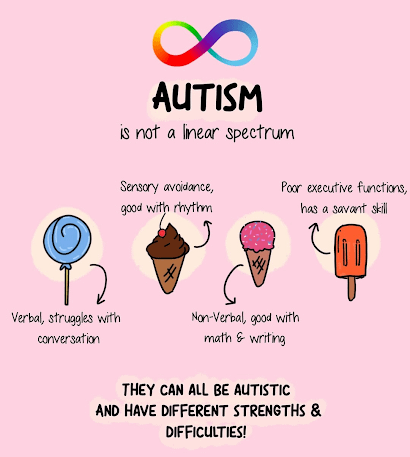
Breaking the stereotypes- What autism really looks like!
The mainstream media paints autism as– typically a young boy who is either non- verbal or an absolute genius.
But in real life, autism crosses gender, ethnicity, socioeconomic lines, and cultures. Few of those are–
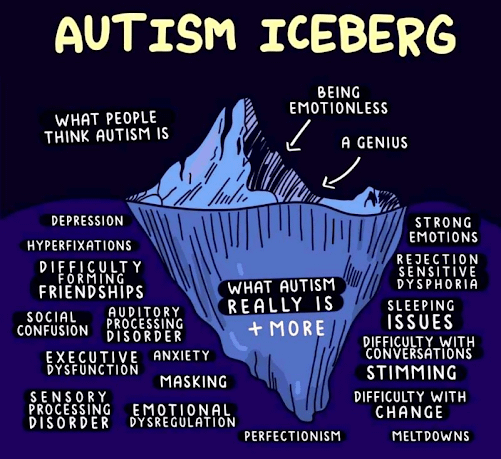
Hidden Struggles behind the smile.
Autism is not always visible. It can be silent, masked or probably misunderstood.
These battles aren’t always obvious.
A child having a meltdown in a store might not be an act of stubbornness but the act of being overwhelmed, overstimulated or unable to cope up at that moment.
What looks like “a bad behavior” is just “Pathological Demand Avoidance (PDA)”- a sign related to individuals on the autism spectrum.
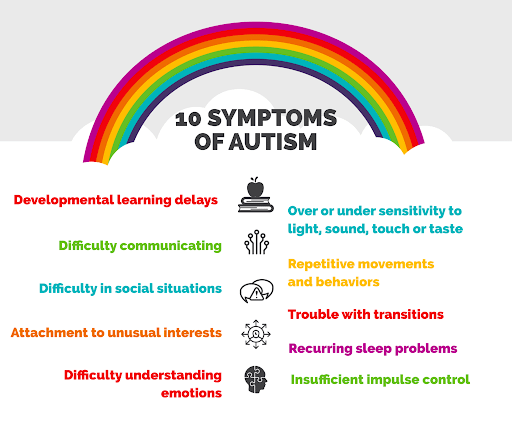
Hidden Strengths.
Dr. Temple Grandin once quoted, “The most interesting people you’ll find are the ones that don’t fit into your average cardboard box. They’ll make what they need, they’ll make their own boxes.”
Autism is not always about the challenges. It brings gifts.
Strengths as “Being different is a superpower”:
While not everyone with autism is a savant, many have hidden talents to be nurtured- not overlooked.

Parents: The Silent Warriors.
Behind every autistic child, stands a parent who is learning, advocating, sacrificing and hoping every single day. Autism parenting is definitely not a straight road.
It is filled with:
These parents are not looking for pity. They are definitely seeking understanding, progress and community support.
They, too, are the faces of autism– strong, fearless, tired, hopeful, and full of love.
The unnoticed and unsung heroes such as the teachers, therapists, and the allies who stand strong and understand them by being a part of their journey.

The shift from Fixing to Supporting
Across the globe, there was a brief period of time where the world tried to “fix” autism. Make them behave, act normal or fit in.
If we compare, today there is more awareness, more acceptance, shift in social attitudes, and adequate normalisation towards Neurodivergent individuals. Better than yesterday!
However, when it comes to society we take time and effort. It is considered that each civilisation/ community defines its own conditions/ diseases. It all comes with identification and acceptability.
Summing up in many aspects, this process of “complete normalisation” is what autism is going to seek in the near future.
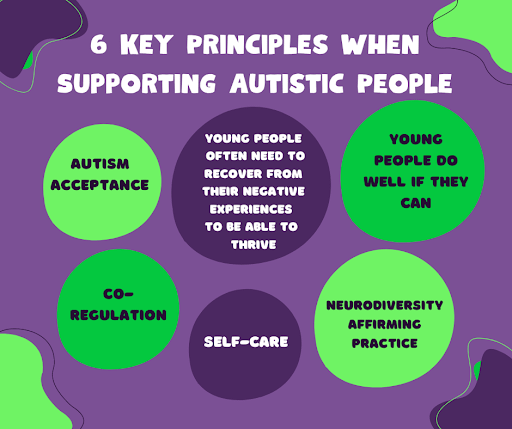
Conclusion
Every face tells a story!
- Autism is definitely not a word to fear about. It is a way to understand the human brain in all its diversity.
- When you look into the eyes of a child with autism, you might not always understand what they are up to. But behind that gaze is a whole world. A world full of thoughts, emotions, struggles, and extraordinary potential.
- So let us move from pity to pride. From confusion to connection.
- Because behind every face of autism is a human being who deserves absolute dignity, respect, and a future filled with hope.
Let us see every face- and every story- with compassion.
What’s Next for You?
Want to learn more about embracing your unique brain? Stay tuned with Rachna Sahney Pargi Journey for Autistic Child Support, for more articles that dive deep into human diversity, mental health, and how to navigate life in a neurodiverse world.
Reference
- Hodges H, Fealko C, Soares N. Autism spectrum disorder: definition, epidemiology, causes, and clinical evaluation. Transl Pediatr. 2020 Feb;9(Suppl 1):S55-S65. doi: 10.21037/tp.2019.09.09. PMID: 32206584; PMCID: PMC7082249.
- Halfon N, Kuo AA. What DSM-5 could mean to children with autism and their families. JAMA Pediatr 2013;167:608-13. 10.1001/jamapediatrics.2013.2188 [DOI] [PubMed] [Google Scholar]
- Gibbs V, Aldridge F, Chandler F, et al. Brief report: an exploratory study comparing diagnostic outcomes for autism spectrum disorders under DSM-IV-TR with the proposed DSM-5 revision. J Autism Dev Disord 2012;42:1750-6. 10.1007/s10803-012-1560-6 [DOI] [PubMed] [Google Scholar]
- Kogan MD, Vladutiu CJ, Schieve LA, et al. The prevalence of parent-reported autism spectrum disorder among US children. Pediatrics 2018;142:e20174161. 10.1542/peds.2017-4161 [DOI] [PMC free article] [PubMed] [Google Scholar]
- Lord C, Elsabbagh M, Baird G, Veenstra-Vanderweele J. Autism Spectrum disorder. Lancet. (2018) 392:508–20. doi: 10.1016/S0140-6736(18)31129-2, PMID: [DOI] [PMC free article] [PubMed] [Google Scholar]

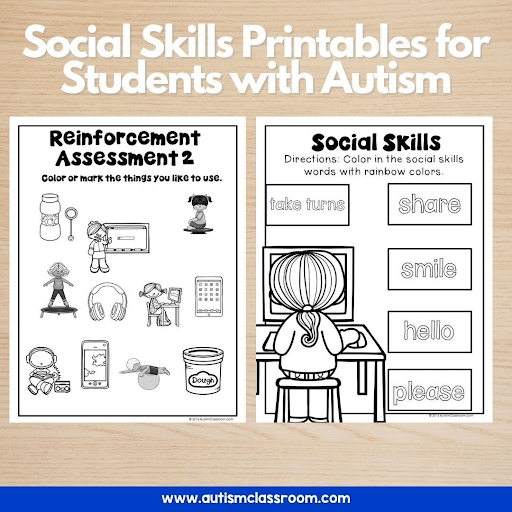

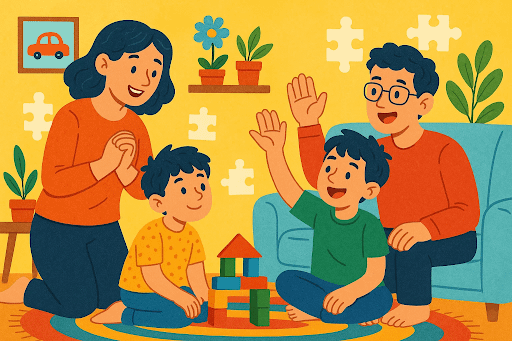
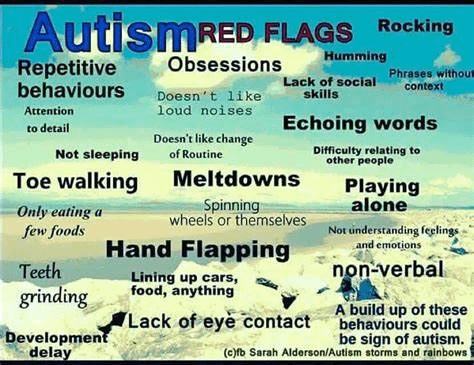



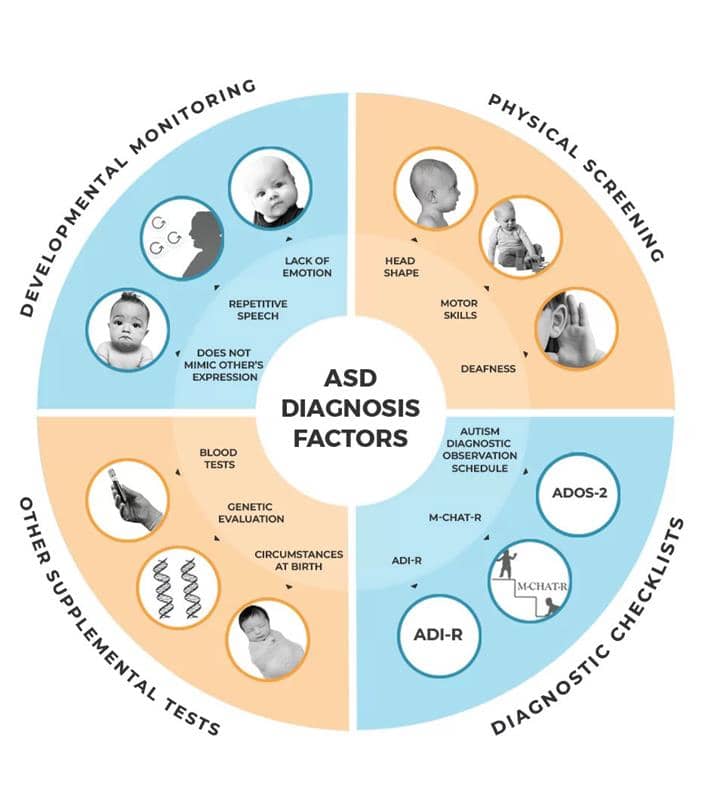
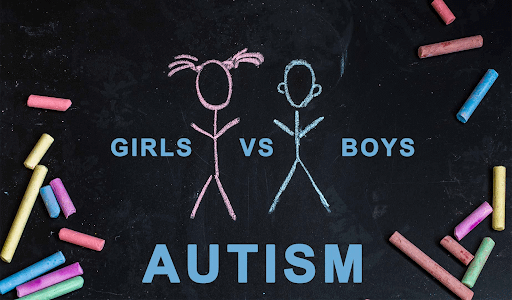


No comments yet. Be the first!